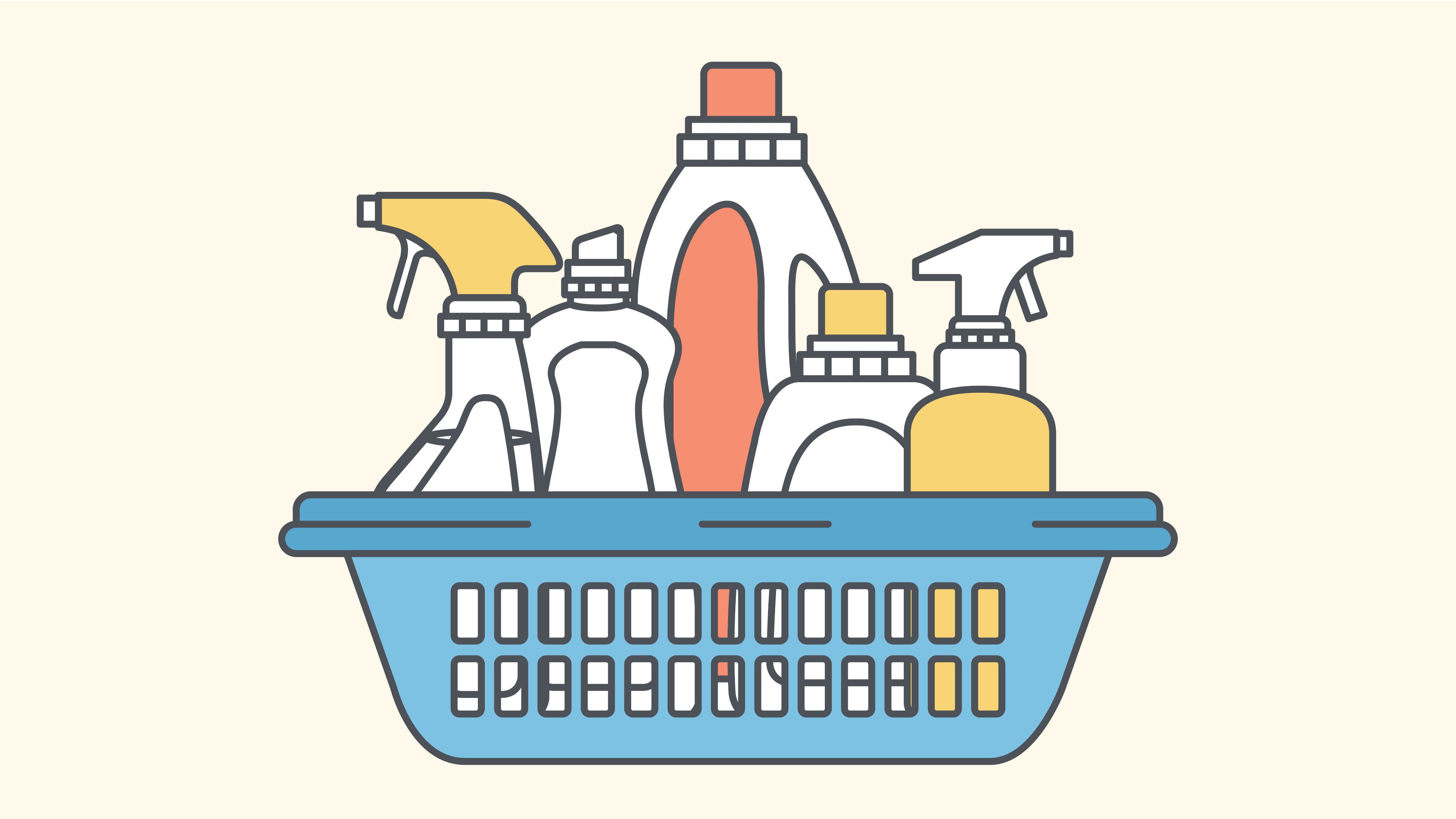Built-in Detoxifier
You are equipped with one of the most impressive systems for removing toxins from the body. The skin is our largest organ and is also one of our six organs of detoxification, which help to usher out some of the toxins that end up inside us. Your kidneys clean the blood of toxins, resulting in urine, which cleans the bladder. The liver takes up toxic substances and converts them into harmless substances or makes sure they are released from the body. The lungs take in oxygen as incoming air enters the blood, and carbon dioxide, waste gas from the metabolism, leaves the blood. While the liver is the main detoxifier of the body, the colon is one of the major ways that toxins are removed from the body, through fecal matter. Lymphatic capillaries, collecting lymphatic vessels, and lymph nodes, together, provide protective immunity for the body.
Minimize toxins
The best route is to avoid unnecessary damage to our bodies and limit the chemicals that our body has to process. Don’t get me wrong, our body can handle a toxic load, but it is not designed to be abused. Your body is always fighting something. That’s why we set up the five foundations. The five foundations are a health-care model designed to minimize the wear and tear of your body in five core areas. If you leave one out, then you are susceptible to dysfunction in that area. You must actively minimize toxins when you shop, by reading labels. You, alone, are responsible for your health. The ingredients listed below have been banned in most of the world, with the exception of the United States.
Poisons absorbed through your skin?
We are targeting hair-care products today. Some of the ingredients found in hair-care products contain ingredients that are harmful to your health as well as the environment. Even if they are labeled “natural,” they can still contain harmful ingredients. Whatever gets put in your hair, washes down over your skin. What gets absorbed by your skin will get into your bloodstream and your organs. Not all chemicals get absorbed into your body, but why would you risk it? Many pharmaceuticals, like nicotine patches, are designed to be absorbed by the skin.
Carcinogenic chemicals in shampoo?
Hair-care products often contain ingredients that are harmful to your health as well as the environment. Even if they are labeled “natural,” they can still contain ingredients that the Center for Disease Control has labeled toxic. Anything that can “defat the skin” does not need to be in my shampoo or other personal hygiene products. The substance sodium Laureth sulfate contains carcinogenic 1-4 dioxane. In addition to its carcinogenic properties, 1-4 dioxane has effects on the central nervous system, kidneys, and liver. Fragrances, sometimes labeled as “perfum,” contain phthalates, which are hormone disruptors. Fragrances contain up to 300 chemicals that do not have to be disclosed to the consumer.
Natural Alternatives
Can you just not wash your hair as often? YES! Try the no-shampoo alternative method. Another good method for avoiding man-made toxins is to make your own shampoo and hair-care products.
Read Labels!
If you must purchase hair-care products, try to find those that avoid the chemicals listed below. Note: The really expensive hair-care products, that you can only find in a salon, contain most of these ingredients. This is a short list and is not comprehensive. Take the time to read labels. Ask questions. Make the responsibility your own to take care of your own health. Steer clear of these dangerous chemicals, found in most hair-care products in the United States. Surfactants and sulfates are aggressive detergents made of sulfur-containing mineral salts. They are molecules that can attract both oil and water: One end of the molecule clings to the oily dirt, while the other clings to water.
- Sodium lauryl sulfoacetate
- SLS Sodium lauryl sulfate
- SLES sodium Laureth sulfate – contains carcinogenic 1-4 dioxane
- Cocamidopropyl betaine
- Cocamide DEA
The many names of sulfates that are labeled as sulfate-free in “natural shampoos”:
- Sodium lauryl sulfate (SLS)
- Sodium Laureth Sulfate (SLES)
- Sodium lauryl sulfoacetate
- Sodium lauroyl isethionate
- Sodium lauroyl taurate
- Sodium cocoyl isethionate
- Sodium lauroyl methyl isethionate
- Sodium lauroyl sarcosinate
- Disodium Laureth sulfosuccinate
Retinyl Palmitate:
This is a synthetic form of palm oil used in many hair-care products. It has been “generally recognized as safe” by the FDA. Red flags should arise when so many other nations have regulations and require mandatory labeling for this product. Once again, you choose what you will put in or on your body. EWG gave retinyl palmitate a score of nine on its ingredient- safety scale, marking it as a high-hazard chemical. The Cosmetics Database notes that there is a concern for both reproductive and nonreproductive organ system toxicity with the chemical.
Preservatives: These are used to extend the shelf-life of products. Preservatives are found in many shampoos, to prevent fungal and bacterial spoilage. Some of these release formaldehyde, to kill germs. Is it really necessary to have this absorbed into your body? Make your own shampoos and avoid the preservatives.
- Parabens
- Benzyl alcohol
- Methylisothiazolinone
- Methylcholorisothiazonlinone
Foundation #5 Minimize man-made toxins in the body is part of a series of articles written by Birmingham, Alabama, chiropractor




